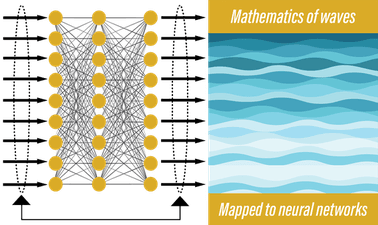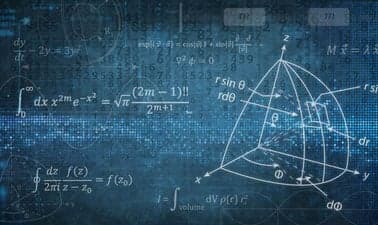HarveyMuddX: How Stuff Moves, Part 3: Wave Motion

- Duration
- 4 weeks
- Price Value
- $ 50
- Difficulty Level
- Introductory


Advanced Exploration of Oscillating Systems and Wave Propagation
Embark on an exciting journey into the fascinating world of mechanics with "How Stuff Moves: Part 3" – an advanced exploration of oscillating systems and wave propagation. This course, offered by the prestigious Harvey Mudd College, is the final installment in a comprehensive three-part series that delves deep into the quantitative science of motion. Building upon the foundations of linear and angular motion covered in Parts 1 and 2, this course takes your understanding of mechanics to new heights.
To excel in this course, students should have:
The skills acquired in this course have numerous real-world applications:
By mastering the concepts in "How Stuff Moves: Part 3," learners will be equipped with a powerful set of tools to understand and predict the behavior of complex mechanical systems. This knowledge is invaluable in fields ranging from structural engineering to environmental science, opening doors to exciting career opportunities and advanced academic pursuits.
While a specific syllabus is not provided, the course structure likely follows a logical progression through oscillating systems and wave propagation, integrating calculus and problem-solving techniques throughout. Students can expect a rigorous and engaging learning experience that builds upon their existing knowledge of mechanics and prepares them for advanced studies in physics and related fields.
Explore more courses to enhance your cloud computing and Kubernetes skills.

Is this MOOC an introduction to Physics or Magic? Here's calling all curious minds from every corner of the globe to join us to learn physics via science demonstrations which are exciting, visually appealing and thought provoking. In this MOOC, you'll get to witness how demonstrations can add reality and vividness to the process of concept formation, and pick up one or two scientific nuggets along the way..

Learn the fundamental principles underlying fluid dynamics; including the kinematics of deformation, hydrostatics & buoyancy, inviscid flow and the application of Bernoulli’s theorems, as well as applications of control volume analysis for more complex problems of engineering interest.

All around us, information is carried by waves of many kinds, like acoustic, electromagnetic, gravitational or probability waves. Enjoy this unifying view of all wave phenomena using neural networks to visualize the underlying mathematics.

Physicists use math all of the time in nearly everything that they work on. This course will help you understand how math is interconnected and recognize that math involves a handful of simple ideas that repeat. By the end of the course, you will be able to re-derive important formulas from basic principles or know precisely where to look them up and use them.